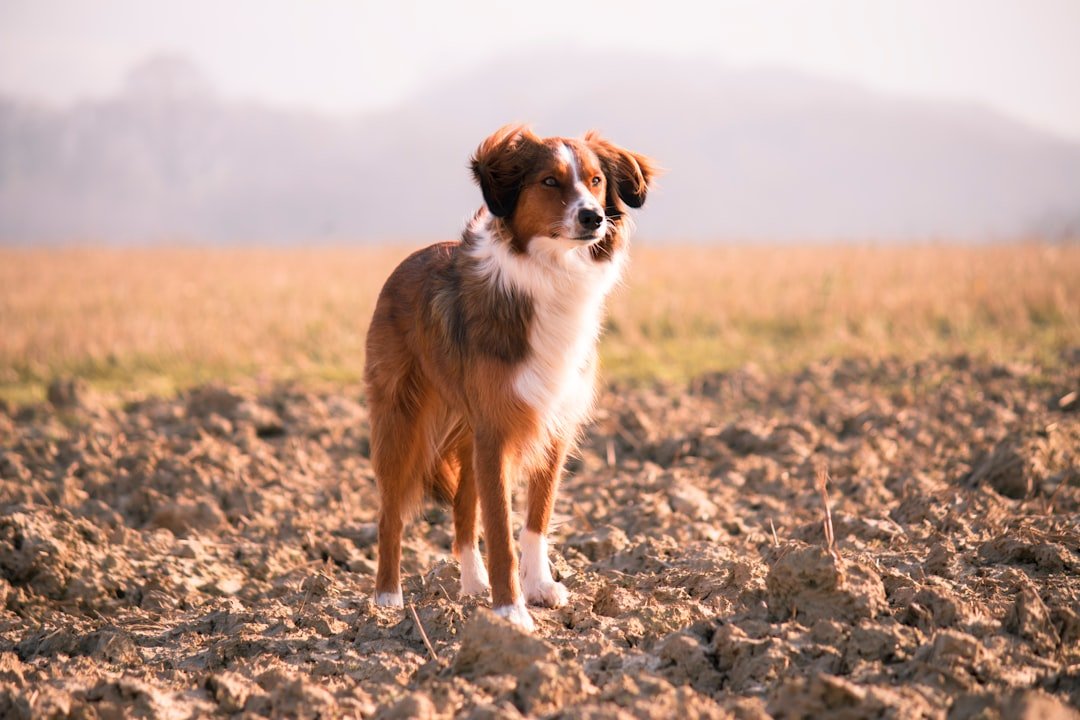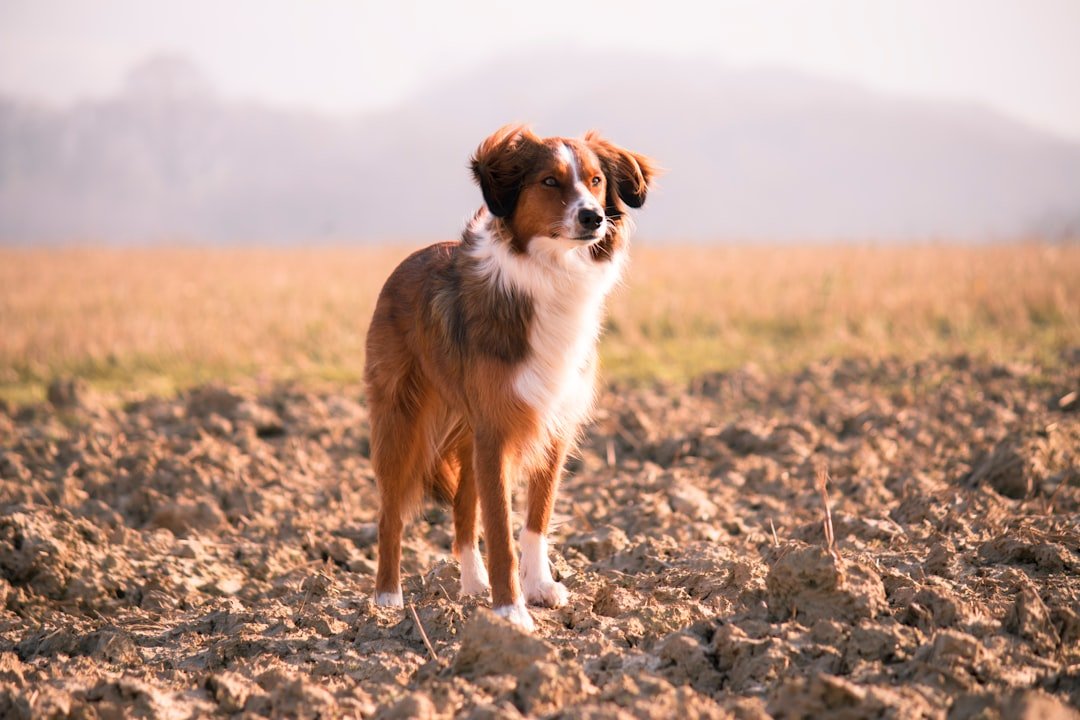Dogs are more than just our furry companions; they are our vigilant protectors, ever alert and ready to warn us of impending danger. With their extraordinary senses, they perceive the world in ways that humans often cannot. A dog’s ability to detect danger is not mere folklore; it is a well-documented fact that has saved countless lives. Whether it’s a subtle change in behavior or an outright display of distress, dogs have unique ways of communicating threats. Understanding these signals not only helps you respond appropriately but also strengthens the bond between you and your loyal friend.
Unusual Barking Patterns

Dogs have an incredible ability to sense danger long before humans do. With their keen senses of smell, hearing, and intuition, they can pick up on threats—whether it’s a stranger approaching, a natural disaster, or even health issues in their owners. While some warnings are obvious, like barking or growling, others can be more subtle, such as pacing, whining, or refusing to leave your side. Understanding these signals can help you stay safe and strengthen the bond between you and your furry protector.
One of the most evident ways dogs alert us to danger is through their barking. But not all barks are created equal. A sudden, persistent barking that doesn’t seem to align with the usual triggers like a passing car or a mailman could be a sign of trouble. Dogs might bark in a more frantic or high-pitched manner when they sense something unusual. This isn’t just noise; it’s a call to attention. Imagine a smoke alarm going off; it’s an indicator that requires investigation. So, next time your dog starts barking in an odd way, it might be worth checking out what’s happening.
Intense Staring
Dogs have a way of communicating with their eyes, and an intense stare can be a warning sign. If your dog suddenly stops what they’re doing and begins to stare intently at a particular spot, it could mean they’ve sensed something you haven’t. This behavior is akin to a detective honing in on a clue. While it might seem harmless, it can be a powerful indication that something is amiss. Their keen eyesight and ability to detect movement, even in low light, make them exceptional at spotting threats that may go unnoticed by human eyes.
Unusual Clinginess
Dogs are known for their affectionate nature, but if your usually independent dog suddenly becomes overly clingy, it might be more than just a desire for attention. This behavior can be interpreted as a protective instinct. They might sense something unusual and feel the need to stay close to you. It’s like a child holding onto a parent’s leg in a crowded place. While it might seem sweet, it’s essential to pay attention to this change in behavior, as it could be a subtle warning of danger.
Increased Restlessness
When dogs become agitated or restless for no apparent reason, it can be a sign of unease. This restlessness may manifest as pacing, whining, or frequent repositioning. Think of it as a dance of anxiety, a physical manifestation of their internal alarm. Such behavior often indicates that something is making them uncomfortable. They might be picking up on environmental changes or even detecting something as subtle as an electrical fire or gas leak. Observing and acknowledging this behavior can prevent potential hazards.
Excessive Sniffing
A dog’s sense of smell is incredibly powerful, capable of detecting scents imperceptible to humans. If your dog is sniffing the air or a specific area with more intensity than usual, it might be because they have detected something unfamiliar. This could range from a wild animal nearby to something more sinister like a gas leak. It’s comparable to a metal detector beeping frantically when it encounters a buried treasure. When you notice this behavior, it’s wise to investigate further to ensure everything is as it should be.
Refusal to Go Certain Places
Dogs are creatures of habit, and when they suddenly refuse to go to a place they usually frequent, it can be a sign of danger. This behavior is similar to avoiding a pothole on a familiar road. It might be that they sense something we can’t, such as a hidden intruder or a dangerous animal lurking nearby. Observing this reluctance can be crucial, especially if it occurs in areas like your backyard or basement, where threats might not be immediately visible.
Growling at Invisible Threats
Growling is a dog’s way of expressing discomfort or warning. When your dog starts growling at seemingly nothing, it can be an unsettling experience. However, this behavior often indicates that they’ve picked up on something you haven’t. Much like an instinctive reaction to a sudden loud noise, their growling serves as an alert. It’s essential to take this behavior seriously, as dogs have a keen sense of detecting things like changes in a person’s demeanor or the presence of an unseen animal.
Protective Body Language

Sometimes, a dog’s body language is all you need to understand that they sense danger. A stiffened posture, raised hackles, or a lowered head can all be signs of a threat. Picture a knight readying for battle; these physical cues are a dog’s way of preparing for potential danger. By recognizing these signs, you can better assess your surroundings and take appropriate action. It’s a silent yet profound communication that speaks volumes about their perception of the world.
Vocalizing in Unusual Ways
Beyond barking, dogs can vocalize in other ways to indicate danger. Whining, howling, or making other unusual noises can be their way of alerting you. It’s like a car’s engine making a strange noise; it signals that something isn’t quite right. This behavior might be a response to a situation that’s causing them distress or a new sound they’ve picked up on. Paying attention to these vocalizations can provide insights into potential threats in your environment.
Changes in Eating or Drinking Habits
A sudden change in your dog’s eating or drinking habits can be a subtle yet significant warning sign. Just as humans might lose their appetite when stressed, dogs can exhibit similar behaviors when they sense danger. This change is like a red flag, signaling that something is affecting their well-being. If you notice your dog suddenly refusing food or water, it might be worth investigating further to ensure there are no lurking threats in their environment.
In conclusion, dogs have an incredible ability to sense and warn us of danger. By understanding and recognizing these signals, we can ensure our safety and deepen the bond with our loyal companions.

Born and bred in South Africa, a Capetonian at heart. Amy-Leigh’s love for nature and animals was inherited from her Dad. He loves taking the family on road trips to experience nature at its finest; Amy-Leigh’s favourite being whale watching in Hermanus and spotting Kudu along the West Coast. Amy-Leigh holds a BA in English Literature and Communication Studies.






